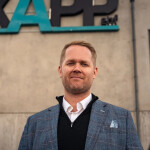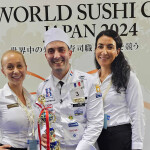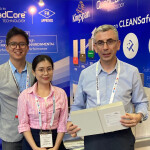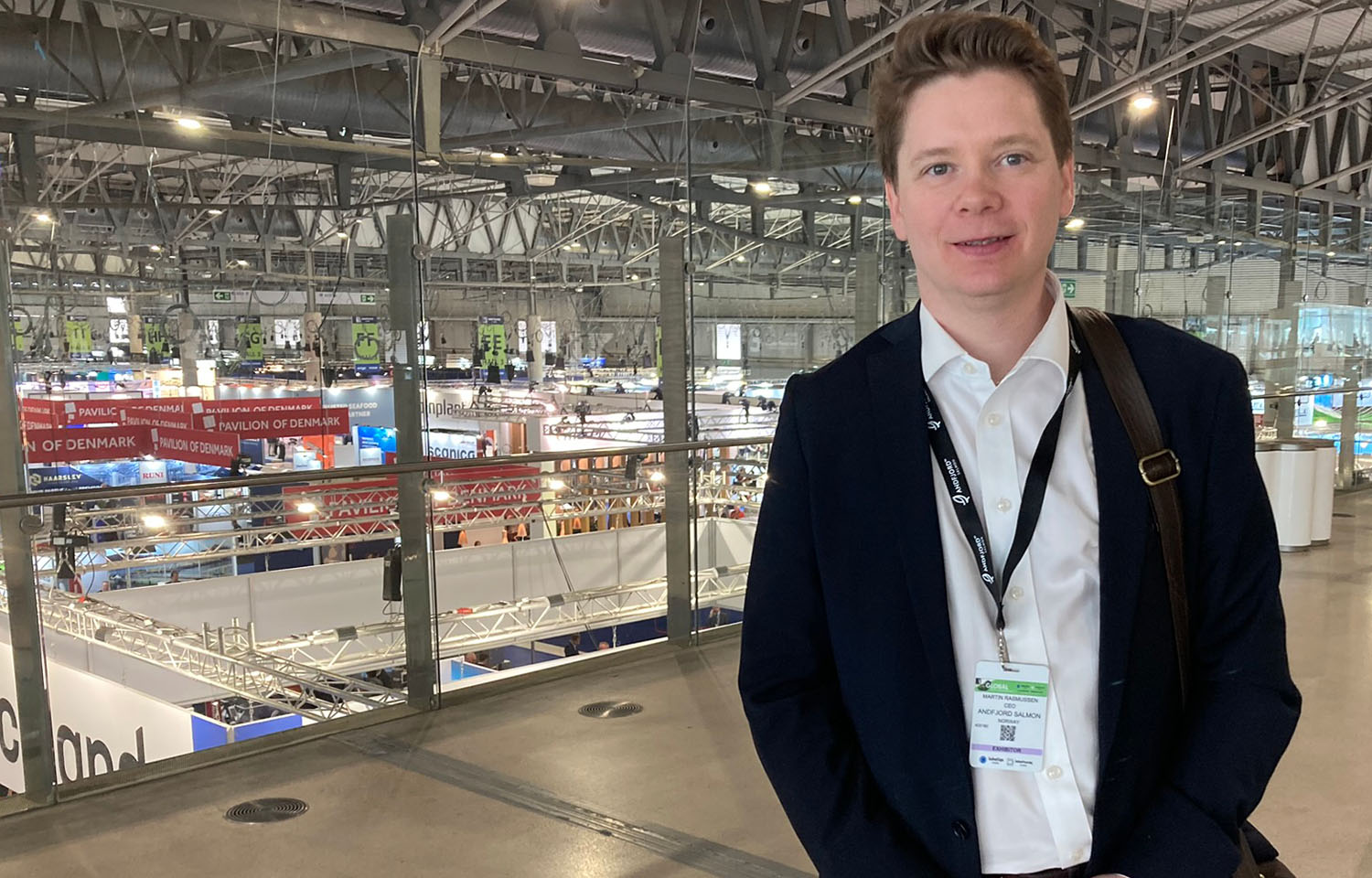Martin Rasmussen is the CEO of Andfjord Salmon, which is building a flow-through land-based salmon farm on the island of Andøya, in the Arctic archipelago of Vesterålen, Norway. It recently concluded a NOK 350 million (USD 32.9 million, EUR 30.3 million) private placement and has applied to conduct a subsequent offer of shares on the Euronext Oslo stock exchange, where it is listed. On 29 May, the company reported an operating loss of NOK 17 million (USD 1.6 million, EUR 1.5 million) in Q1 2024, compared to a loss of NOK 13.9 million (USD 1.3 million, EUR 1.2 million) in Q1 2023.
SeafoodSource: How do you present Andfjord Salmon to potential investors?
Rasmussen: We are utilizing the natural advantages we have in the north of Norway, where we have unique access to water that we don't have to manipulate. Yes, we’re a new company with a new concept, but the truth is that we have 20 years of history and development behind us.
The founder [Roy Bernt Pettersen] is from Andøya, and he's been working with fish his entire life. He found out that we had two or three degrees higher temperatures in the local water as compared to the fjords around us, which can give us higher salmon growth. After we discovered this, it’s about coming up with the best concept and then proving that concept, which I believe we have done now with our very good biological performance.
SeafoodSource: Norway is a powerhouse of traditional net-pen salmon farming. Why do something different there? How have you been received by the industry in Norway?
Rasmussen: In the start, when you are doing something new, you're challenging the traditions. We received a lot of questions when we were starting as to why we were farming salmon on land in an area where we have such good conditions for traditional methods. But, we have come to a point, especially in Norway, where it is getting difficult to have more growth for salmon farming.
We are still utilizing the well-known technology used in commercial salmon farming for many years but doing it in a much more controlled environment. What we have done is actually to move a traditional net cage on land, so then we can protect it against, for example, sea lice, jellyfish, and algae.
At the same time, we are protecting nature with having so many salmon in one place. We have a very good concept on behalf of the biology, and it's very energy-efficient since we are located in water where the salmon has been swimming in for many thousands of years – it’s a natural environment to them.
SeafoodSource: What is the current situation at the farm?
Rasmussen: We have already built one pool and released almost 200,000 salmon into it. It's important to understand that this is quite a large pool; it's 30,000 square cubic meters, which is pretty similar to a traditional net pen. So, the fish have enough space [to exhibit] natural behavior in the pool. After a one-year production cycle, we achieved a survival rate of 97.5 percent, which demonstrates the fish is doing very well in the pool.
Additionally, we have had almost 40 percent better growth compared to our initial production plan. We have also seen a better feed conversion rate, so we have proven that we can produce 1 kilo of salmon with 20 to 30 percent less feed than commercial net-pen salmon farming because of the controlled environment.
In general, we're extremely proud of what we have proven with the first production cycle. The concept is good, and we have a lot of skilled people with us, including our management, our shareholders, and our board.
SeafoodSource: Would you say you now have proof of concept? Are you there yet?
Rasmussen: We have proven that the concept is working. We have proven the technology. We have proven it with its actual scales – the business is in its representative scale – and it's now more about commercializing the company by increasing production capacity.
We are just getting into the phase of construction and starting to ramp up production. We're in a construction phase for the entire Kvalnes area, where we have a license for 10,000 tons and have identified a plan to produce 19,000 tons of salmon every year. We will have four new pools ready next year, which will give us production capacity of 8,000 tons every year. Thereafter, we will have four new pools every year until we have reached full utilization of our land and sea area.
SeafoodSource: Do you have other sites planned, as well?
Rasmussen: When we saw the potential of the local area, we wanted to secure more land area on the island to give us enough area to produce 90,000 tons per year at three different locations. It takes time to develop the property, and there is a regulatory regime that requires a lot of documentation, which we have respect for, but that is our plan.
SeafoodSource: Costs for construction projects all over the world have risen along with interest rates, material prices, and labor. How have you kept up with that as you're building and as you're planning other sites?
Rasmussen: We are ...








